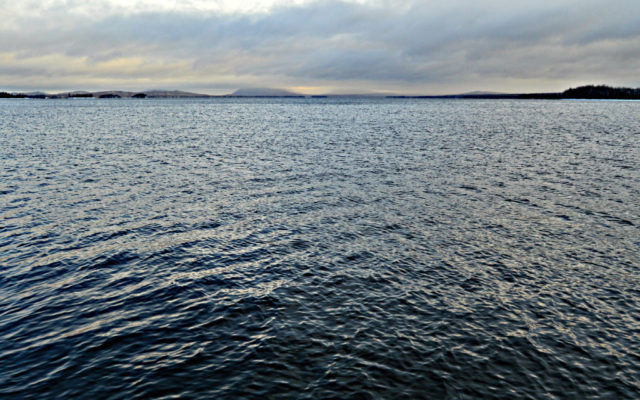
Preserving Arctic charr in Big Wadleigh Pond
By Tim Obrey, Moosehead Lake Region regional fisheries supervisor
I’m hoping this is the last time I will have to write a report on Big Wadleigh Pond. Not because I don’t like the pond, quite the opposite. This was one of the handful of times that we could hit the “reset button” and save a native water from an introduction of invasive fish. And now I believe our work is complete — feels good.
This small Maine pond is home to Arctic charr and brook trout and it’s a popular fishing destination. Big Wadleigh Pond is one of just a dozen waters in Maine that holds native Arctic charr. In fact, Maine is the only state in the lower 48 to have any native Arctic charr. These fish are very sensitive to any aberrations in the natural ecosystem.
An illegal introduction of rainbow smelt threatened the native charr population, so a chemical reclamation occurred in the fall of 2012. IFW took extraordinary steps to preserve the native strains of both species prior to the reclamation. We implanted radio telemetry tags in 10 adult charr in the spring then returned in the fall to locate these fish, and hopefully many others, as they prepared for fall spawning. We were able to capture around 100 charr, which included nine of the 10 radio-tagged fish, and nearly 300 adult brook trout which were then moved to Mountain Springs Trout Farm in Frenchville. These fish were raised and successfully spawned by hatchery operator Gary Picard. Several generations were reared as we began the process to restore the native species to Big Wadleigh Pond.
One of the IFW’s largest reclamations took place in early November 2012 in snow flurries and a “brisk” northwest wind. It was a Herculean effort by members of the fishery division with some much appreciated help from the engineering division. The progeny of the charr and brook trout were restocked back into the pond over the following two years. We implemented catch and release regulations at this time to protect the small numbers of fish in the pond and installed a voluntary census box at the boat launch to gather angler catch data. At this point, it was up to the fish. We could only hope that they would survive and find the spawning areas that past generations utilized.
There were some very promising reports from anglers, and we saw brook trout fry in one of the tributaries soon after the reclamation. We resisted the urge to net the pond, instead waiting until there was ample time for the population to rebuild. We didn’t want to cause any additional mortality.
We returned last summer, 11 years after the reclamation, and made a few short net sets. We were pleased to see multiple age classes of Arctic charr and brook trout. Fishing reports from the pond indicate excellent fishing and very abundant populations of both species.
Arctic charr are a unique resource here in Maine and, like our native and wild brook trout, deserve our most serious efforts for conservation. This will ensure that you and future generations have an opportunity to witness these extraordinary fish.